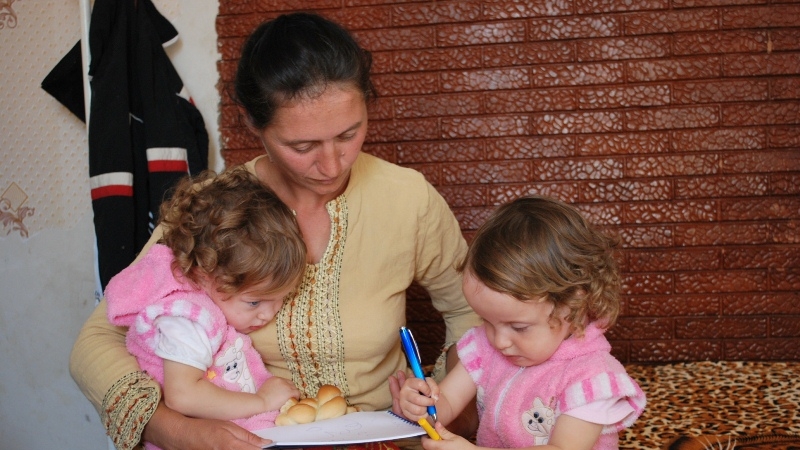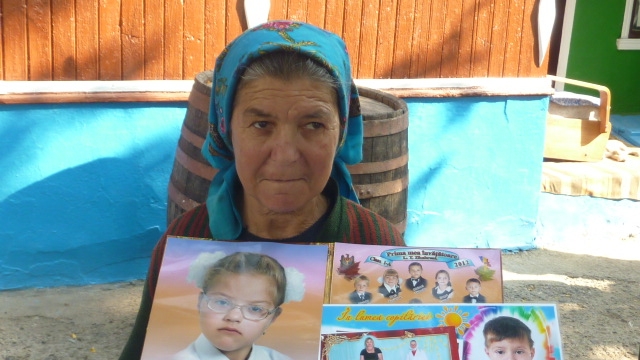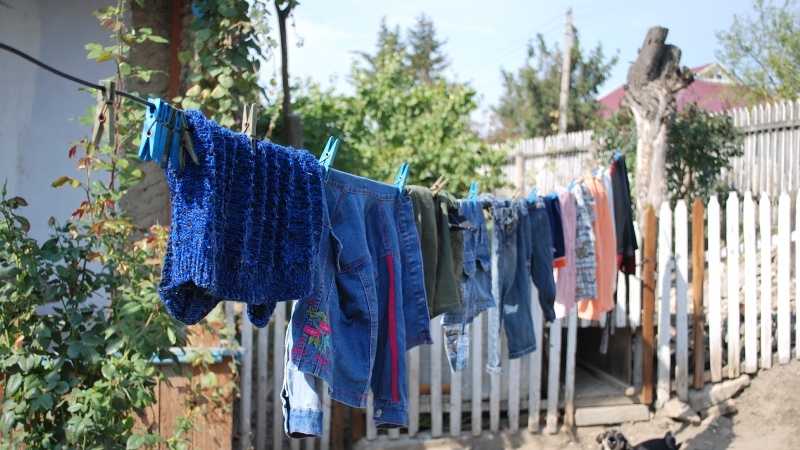Bank Group Contribution
An IDA credit in the amount of US$37 million cofinances the scaling up of the targeted Ajutor Social program and supports the consolidation and downsizing of other category-based benefit programs. The project disbursements are linked to the achievement of specific results aligned with the social assistance reform objectives. In addition, the project supports investments to strengthen the institutions responsible for the design and administration of the social safety net, with a focus on the Ajutor Social benefits.
Partners
The project provides a platform for partnership and cooperation between various donors working on social assistance issues in Moldova and draws on the partners’ preparatory work. Since 2010, the World Bank has taken the lead in supporting reforms in the social assistance system. The technical assistance provided by Department for International Development of the United Kingdom (DfID), the Swedish International Development Cooperation Agency (SIDA), and the European Union (EU) helped design and launch the Ajutor Social program.
Moving Forward
The Ajutor Social program is still relatively new and its expansion is in its infancy. Over the next two years, the project will continue supporting the scale-up of targeted cash transfers. For this expansion to be fiscally sustainable, support is being given to the Government to develop benefit consolidation policies, strengthen the benefit delivery model, and improve the public perception of the program.
Beneficiaries
The Robus are raising 11 children in the poor and largely rural Orhei District of Moldova. For many years, the family ate mostly what they grew. Children were cautioned not to play too hard lest they rip their clothes, which would be needed by younger siblings. Reaching down to the grassroots to families like the Robus is part of a new social safety net program in Moldova that bases state contributions on beneficiary incomes instead of category of population. “It’s important help for us. The money we receive helps us pay for food, school supplies and buy clothes,” says Sergiu Robu.




